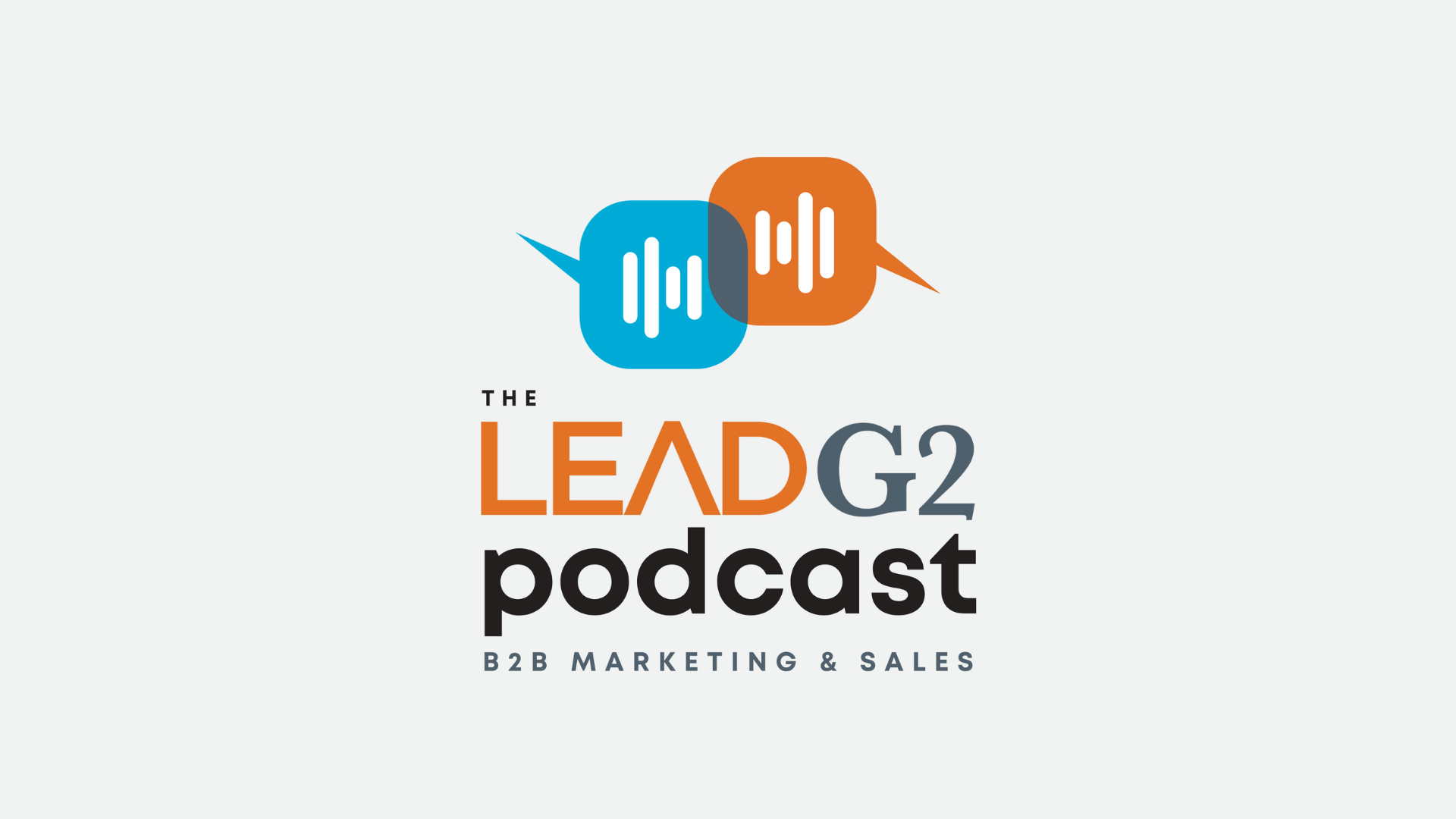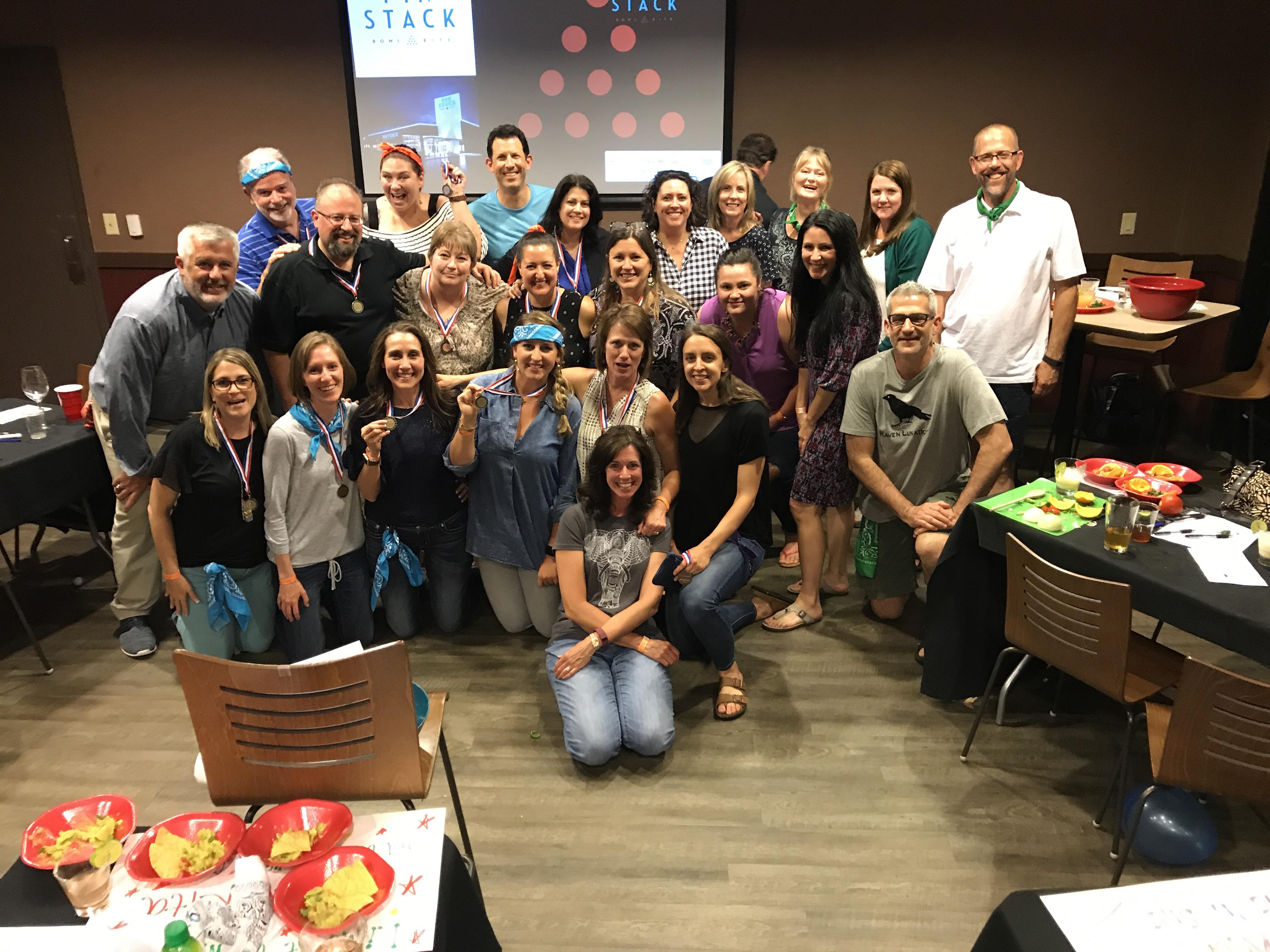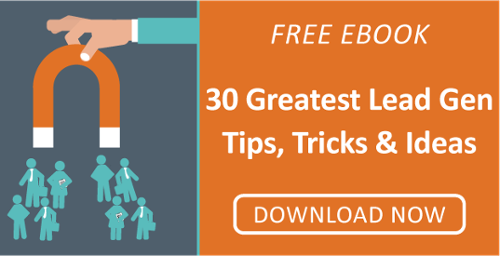3 min read
5 Questions With... Matt Sunshine, President, LeadG2
Kathleen O. Celmins
:
October 3, 2014

 Welcome to the first post in a series where we’ll let our readers get to know leaders in the industry by asking a series of five questions. We're calling it 5 Questions With...
Welcome to the first post in a series where we’ll let our readers get to know leaders in the industry by asking a series of five questions. We're calling it 5 Questions With...
First up is Matt Sunshine, President of LeadG2 and Executive Vice President of The Center for Sales Strategy. Matt is a forward thinker who never stops moving and is always looking for more opportunities to grow. He leads the team that built LeadG2 from scratch and we’re all excited to see where he and his team take it.
Connect with Matt:
1. What kinds of organizations are most likely to succeed by implementing an inbound marketing strategy?
Almost every business category can find success with inbound marketing. Getting caught up in category of business ignores the bigger, more important point: you must be committed to growing sales and establishing yourself and your business as a leader and expert in your particular area.
Start with the idea that the best, most productive thing that salespeople can do is sell. Seems simple enough, right? But today’s salespeople are spending more than half their time prospecting, cold calling, and chasing after prospects that are just not interested. Inbound marketing, and specifically when inbound marketing is part of a smart marketing-sales sequence, leads to performance increases that allow sellers to double and triple their output.
2. Has the introduction of inbound marketing affected the sales profession?
I think it has. It used to be back in the “good old days” (we’re talking five or ten years ago!), salespeople had all the control and all the power. Someone who wanted to buy a product or service had to talk to a sales rep to get all that information. But those days are long gone.
Now the prospect has all the power (and all the control). Prospects don't even reach out to a salesperson until they are more than halfway through their buying process. Without the power, the salesperson needs to know that his or her company gets found during the search and review phase. When contact is eventually made, the salesperson no longer has to pitch in order to close—they’re too busy focusing on helping and problem solving.
Always be helping has replaced always be closing.
The importance of expert status and thought leadership cannot be overstated. You have to stay relevant today more than ever before. If the company has a solid inbound marketing strategy, a salesperson not only knows who to call, but what to focus on, and how to help them. In the new inbound-marketing-driven scenario, salespeople are informed about how prospects have interacted with their website (and perhaps with their business development rep). At LeadG2, we help our clients use lead intelligence to move the process forward, which, in turn, helps them close more deals and get the best results for their customers.
3. Did one thing in particular propel LeadG2’s growth? If so, what was it?
I don’t know if I can narrow it to just one thing, but if I had to pick one, I think I’d say that we’ve grown because we’re a sales performance company. We know, and have been teaching for 30 years, that the sales process is about more than just leads. Closing the loop and focusing on what comes after the lead is generated is the key to success. I’ve been a sales manager and consultant for more than 20 years, and I think that’s part of it, too. Helping clients with their top-line sales growth has been one of the main focal points of my career, and implementing and executing inbound marketing strategies helps do just that.
4. How do you learn more about new companies when they partner with LeadG2?
Great question! Every company we work with is different, so it’s impossible to have a one-size-fits-all solution. We spend a lot of time in the beginning of any new business relationship asking questions with the goal of learning about their business. In fact, we have a list of 80+ questions we routinely ask each client to dig deep and find out what’s unique about each company and important to their marketing and sales challenges. We’re not just selling a service. We become part of each company’s team. We’re invested the success of each of our clients.
5. What’s the most challenging aspect of inbound marketing? How do you help clients through it?
One of the biggest challenges with inbound marketing is underestimating the work it takes and the time it takes. Prospects and clients sometimes want to give up on a plan after not seeing rapid results. But inbound marketing is not a get-rich-quick scheme. Nor does it give you the ability to lose ten pounds in a week. There is no magic pill here. It’s a long-term strategic approach, designed to establish your business as a thought leader as well as attract people searching on the internet to your brand.
Business leaders get excited about inbound marketing, but success often comes after the enthusiasm wears off. They’ll hear about someone’s quick win, or see a competitor’s blog and not realize the amount of work that goes into it, and think they can bring their company to the front page of Google immediately. So, after a year or so, the results are impressive from our standpoint, but maybe they’re not yet seeing the kind of results they expect.
Everyone wants the snowball effect, where the snowball rolls easily down the mountain, picking up momentum with every turn, growing bigger and faster, until it’s unstoppable. It’s a great metaphor, but how did the snowball get to the top of the mountain in the first place? Remember, before you can go down the mountain, you have to build toward the top. We have a seven-step process that, if followed and executed at a high level (with nothing skipped), will produce results. We’ve seen it work for ourselves and our clients.
Connect with Matt:

1 min read
Breaking Down LeadG2’s Inbound Marketing and Sales Enablement Strategy with Shaye Smith
In this episode, we’re breaking down our own approach when it comes to inbound marketing and sales enablement as a company that specializes...

The Heart of LeadG2: Our People!
You may (or may not) know that LeadG2 is powered by The Center for Sales Strategy, a sales performance company with a staff that has a combined total...
.png?width=2250&height=647&name=LeadG2-logo_(2).png)

